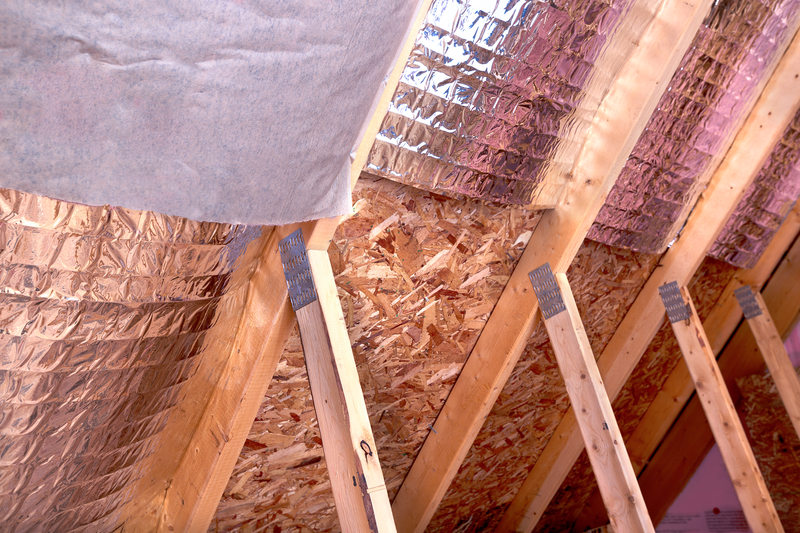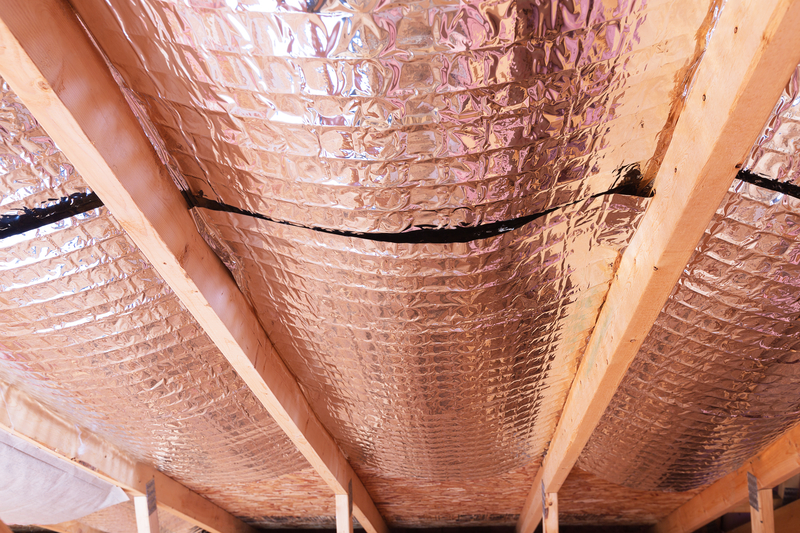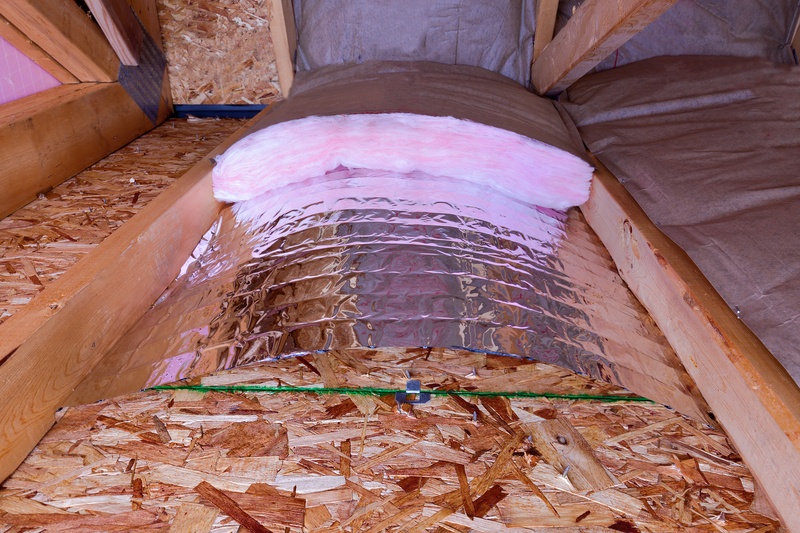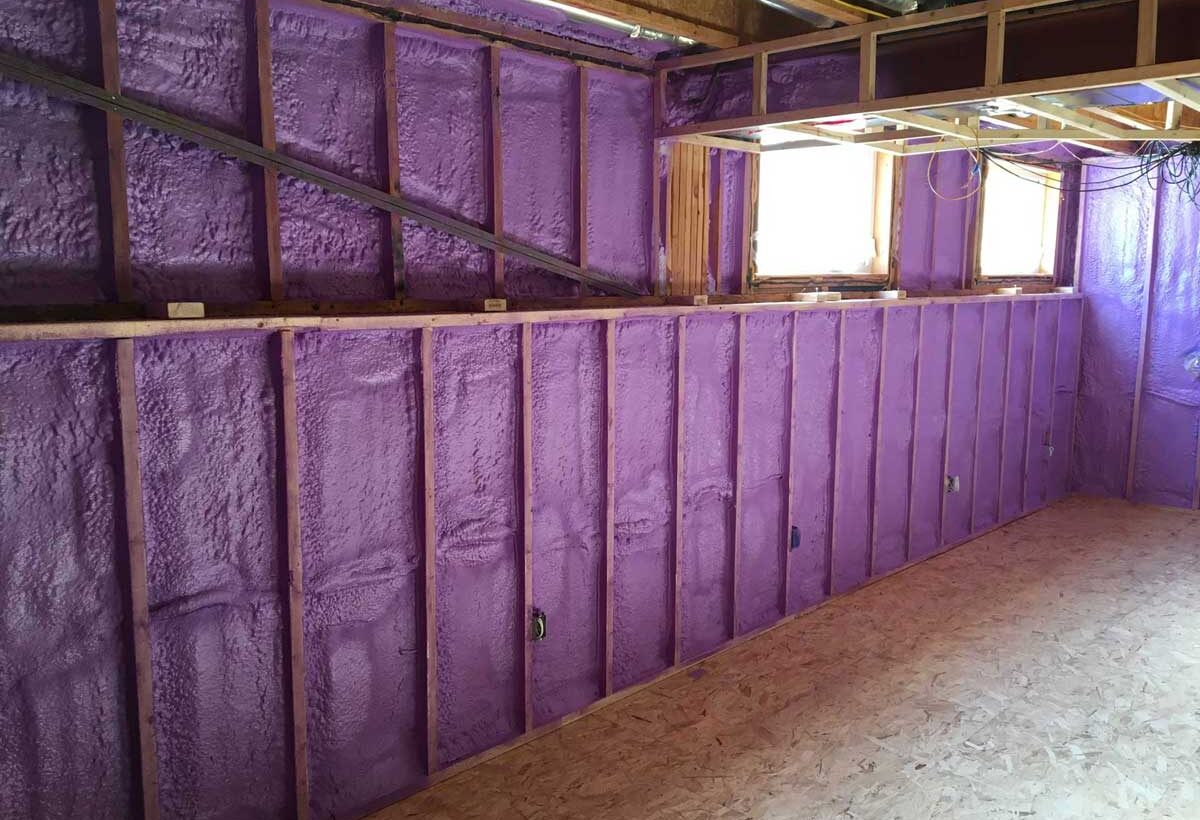This article is your guide for radiant barrier insulation. If you’re looking for a more efficient way to keep your home warm, looking into radiant insulation might be right for you! This is a newer type of insulation that reflects radiant heat to keep your home cool. This can typically lead to big savings on money and energy if you have outdated insulation types.
If you want to learn more about radiant barrier insulation, keep reading.
Here at The Energy Professor, we want to give you the information you need to not only save money on your energy bill but to also become more energy efficient. We hope find this post helpful and it makes it easier for you to know more about radiant barrier insulation. Be sure to also check out our one-of-a-kind energy savings calculator!
The Energy Professor Electricity Rate Check Tool
What is Radiant Barrier Insulation?

Radiant barrier insulation is a type of insulation designed to reflect radiant heat rather than absorbing it like traditional insulation materials. Made from highly reflective materials, such as aluminum foil, it is often installed in attics to reduce heat gain in the summer and heat loss in the winter. This can lead to significant energy savings and a more comfortable indoor environment.
Key Things to Know About Radiant Barrier Insulation
When considering radiant barrier insulation for your home, there are a few key aspects to keep in mind:
- Effectiveness: Radiant barriers are particularly effective in hot climates, where they can reflect a significant amount of the sun’s radiant energy, reducing the amount of heat transferred into your home. This makes your air conditioning system more efficient and can significantly lower cooling costs.
- Installation: Proper installation is crucial for maximizing the effectiveness of a radiant barrier. It’s typically installed in the attic, either on the attic floor over existing insulation (to reduce heat from rising into the conditioned spaces) or under the roofline (to reduce heat from entering the attic).
- Compatibility: Radiant barrier insulation can be used alongside traditional insulation materials to improve a home’s overall thermal performance. However, it’s important to ensure proper ventilation in the attic to prevent moisture buildup.
Related post: 10 Signs on When to Replace Windows in Your Home
How Much Does Radiant Barrier Insulation Cost?

Radiant barrier insulation cost can vary widely based on the size of your attic and the specific product you choose. Installation costs range from $0.30 to $2.00 per square foot for both labor and materials. For a typical attic, you might see overall costs ranging from $350 to $2,700.
Costs for radiant barrier insulation:
- Overall Installation Cost Range:
- Total: $350 to $2,700 for an average-sized attic.
- Cost Per Square Foot (Including Labor and Materials):
- Range: $0.30 to $2.00 per square foot.
- Material Cost for Radiant Barrier Foil:
- One-Sided Foil: $0.10 to $0.30 per square foot.
- Two-Sided Foil: $0.15 to $1.10 per square foot.
- Labor Costs:
- Installation Labor: $0.20 to $1.40 per square foot.
- Specific Project Costs:
- Small attic (500 sq ft): $150 to $1,000.
- Medium attic (1,000 sq ft): $300 to $2,000.
- Large attic (2,000 sq ft): $600 to $4,000.
- Average Cost for Different Attic Sizes:
- National Average Cost: $1,600.
- Minimum Cost: $200.
- Maximum Cost: $5,000.
- Average Cost Range: $350 to $2,700.
Related post: Top 15 Winter Energy Saving Tips
Is Radiant Barrier Insulation Worth It?



